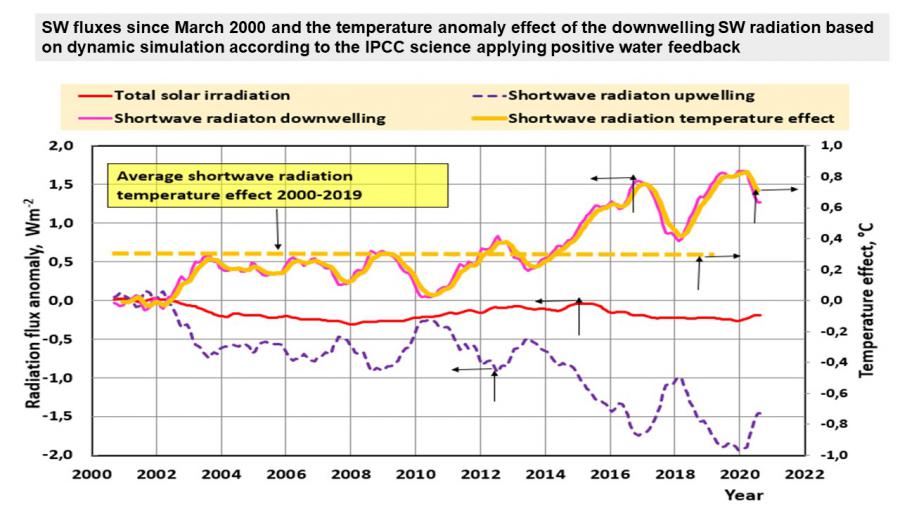The Maranoa River south of Mitchell, Queensland during the 2017 drought. Credit: Chris Fithall (Flickr Creative Commons CC BY 2.0)
An analysis of new climate model projections by Australian researchers at the ARC Center of Excellence for Climate Extremes shows South West Australia and parts of South Australia will experience longer and more intense droughts in due to a lack of precipitation caused by climate change.
But Australia is not alone. Around the world, several important agricultural and forest regions in the Amazon, Mediterranean and Southern Africa can expect more frequent and intense rainfall droughts. While some regions like central Europe and the boreal forest zone are expected to become wetter and experience fewer droughts, the droughts they experience are expected to be more intense when they occur.
Research published in Geophysical Research Letters examined precipitation-based drought using the latest generation of climate models (known as CMIP6), which will inform the next IPCC assessment report on climate change.
“We found that the new models produced the most robust results for future droughts to date and that the degree of increase in drought duration and intensity was directly related to the amount of greenhouse gases. greenhouse emitted into the atmosphere,” said lead author Dr Anna Ukkola. .
“There were only slight changes in drought areas under a medium emissions scenario compared to a high emissions trajectory. However, the change in drought magnitude with a higher emissions scenario has been more pronounced, telling us that early mitigation of greenhouse gas emissions matters.”
Much of the previous research on future droughts considered only changes in average precipitation as a measure to determine how droughts would change with global warming. This often produced a very uncertain picture.
But we also know that with climate change, rainfall is likely to become increasingly variable. Combining measurements on variability and average precipitation, the study helped to clarify how droughts would change for certain regions.
The researchers found that the duration of droughts was very closely related to changes in average precipitation, but the intensity of droughts was much more closely related to the combination of average precipitation and variability. Regions with decreasing average rainfall such as the Mediterranean, Central America and the Amazon are expected to experience longer and more frequent droughts. Meanwhile, other regions, such as the boreal forests, are expected to experience shorter droughts due to increased average precipitation.
However, the situation is different for drought intensity alone, with most regions expected to experience more intense rainfall droughts due to increasing rainfall variability. Importantly, the researchers were unable to locate any regions with a reduction in future drought intensity. Even regions with long-term increases in precipitation, such as central Europe, can expect more intense droughts as precipitation becomes more variable.
“Predicting future changes in drought is one of the greatest challenges in climate science, but with this latest generation of models and the ability to combine different measures of drought in more meaningful ways, we can gain insight clearer of the future impacts of climate change,” says Dr Ukkola.
“However, while this information becomes clearer with each advance, the message it delivers remains the same: the sooner we act to reduce our emissions, the less economic and social hardship we will face in the future.”
OU meteorologist expects severe drought and heavy rains to worsen globally
Anna M. Ukkola et al. Robust future changes in meteorological drought in CMIP6 projections despite precipitation uncertainty, Geophysical Research Letters (2020). DOI: 10.1029/2020GL087820
Provided by the ARC Center of Excellence for Climate Extremes (CLEx)
Quote: Latest climate models show more intense droughts to come (June 2, 2020) Retrieved January 12, 2022 from https://phys.org/news/2020-06-latest-climate-intense-droughts.html
This document is subject to copyright. Except for fair use for purposes of private study or research, no part may be reproduced without written permission. The content is provided for information only.




